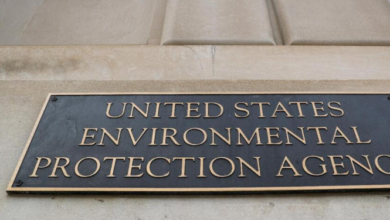Malaria Devastating Resurgence in the U.S. and the Race Against Time with Affordable New Vaccine!

Malaria claims the lives of approximately 600,000 individuals annually and has now infiltrated four states in the United States. Despite its devastating impact, malari is highly preventable, and the production of an affordable new vaccine is gaining momentum.
READ: Lecanemab: A Potential Preventive Measure
For those familiar with living or working in Africa, has posed a longstanding and significant challenge, exacting a considerable toll on both human lives and the economy. The disease’s annual death toll exceeds 600,000, with Africa bearing the brunt, accounting for 95% of all malaria cases and 96% of related deaths. Vulnerable groups, particularly pregnant women and young children with lower natural immunity, are the hardest hit, with around 80% of -related deaths occurring in children under five years old.
Malaria
The global effort to eradicate malaria as a leading cause of death in developing countries is a mixed narrative of positive developments, challenges, and hope.
Starting with the positive news, the introduction of the U.S. government’s President’s Initiative (PMI) in 2005 marked a turning point. This initiative significantly expanded worldwide access to proven interventions such as insecticide-treated bed nets, indoor residual spraying, rapid diagnostic tests, and provided essential training for healthcare workers. Collaborating with the Global Fund to Fight AIDS, TB, and Malaria, PMI has contributed to saving an estimated 7.6 million lives and preventing over 1.5 billion cases.
PMI countries have witnessed a 27.2% reduction in malaria cases and a 45.6% decrease in malariaS-related deaths since 2006. Ten countries have been certified by the World Health Organization (WHO) as having eliminated since 2015. However, the overall goal of ending malaria as a public health threat by 2030, as per the Global Fund, is deemed unattainable on the current trajectory.
Despite substantial progress, recent disruptions in health services due to the COVID-19 pandemic led to an estimated 13.4 million additional cases. Alarmingly, the U.S. experienced locally transmitted malaria cases in June, breaking a streak since 2003. While the risk remains low, it underscores the importance of continued vigilance. Additionally, new strains of malaria have emerged, such as one in South Asia detected in African countries, thriving in human-made containers in urban areas.
Yet, there is hope. Over the past two decades, health leaders have developed a proven toolbox for prevention, incorporating bed nets, targeted insecticides, preventative treatments during pregnancy, and diagnostic tests. Two WHO-approved vaccines offer further optimism. Although the first, authorized last year, has been slow to scale up production, a second vaccine, R21, recently received approval. India’s Serum Institute committed to producing 100 million doses of this highly affordable vaccine in 2024.
While has plagued humanity for centuries, advancements in treatments and interventions have brought remarkable progress. Challenges like COVID-19 have presented setbacks, including reminders of the disease’s potential impact in the U.S. Nevertheless, each day brings renewed hope for a future free from the scourge of malaria.




